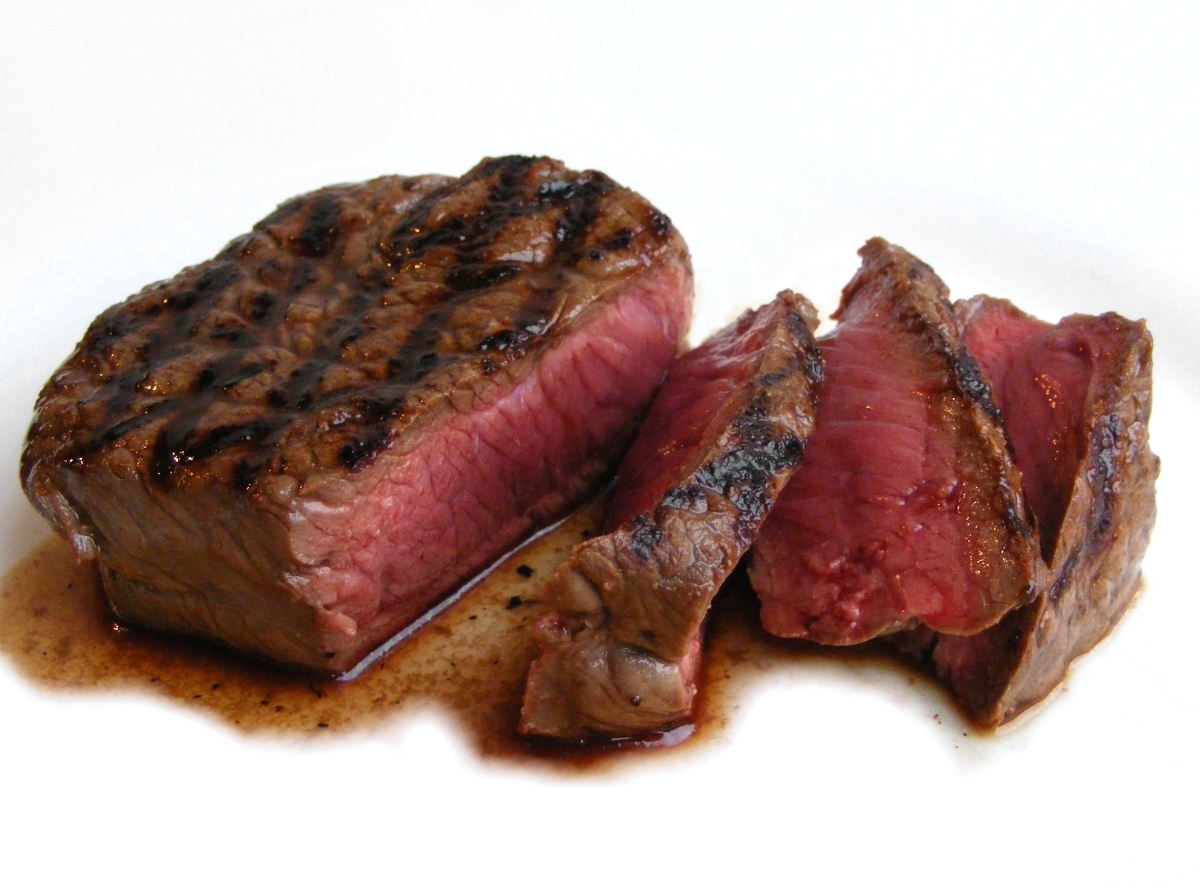By Sarah LeVesque, Arizona State University Nutrition Student
For me, steak has always been consumed during special occasions or after a hard workout. But it’s more than just a fancy cut of beef. Meat contains a variety of micronutrients that are essential for the growth and maintenance of our bodies. It’s more than just protein, vitamins, and minerals. Okay…it’s mostly protein, but it also contains some antioxidants that you can’t get from vegetables.
Red meat is one of the most complete dietary sources of quality protein that we can consume. Just like anything else in the world, too much of anything is bad. The same goes for meats. It’s vital to mix up your plate a bit. Varying the protein on your plate can help arm your body with the nutrients and minerals that it might be missing when you consume the same kinds of meats day in and day out.

Why add meat to your diet?
- It’s good for your muscles
Red meat helps maintain muscle mass and manage weight. Since meats are a reliable source of high-quality, complete proteins, these building blocks helps improve muscle growth and maintenance. Consuming beef, or other sources of high-quality protein, paired with a healthy lifestyle can help keep muscles strong and reduce the risk of sarcopenia.
The complete proteins found in meats are: tryptophan, threonine, isoleucine, leucine, lysine, methionine + cystine, phenylalanine + tyrosine, valine, and histidine.
- It can prevent anemia
Anemia is when your blood lacks healthy hemoglobin or red blood cells. Hemoglobin binds to oxygen, so without enough healthy red blood cells, other cells in your body won’t get enough oxygen. Iron deficiency is the most common cause of anemia.
Heme-iron is only found in animal-derived foods and beef is a rich source. The heme-iron found in meats also contributes to the absorption of non-heme iron that is obtained from plant foods.
You read that right: if you consume meat and vegetables together, your body is going to absorb more iron from the veggies than if you ate them by themselves.
- Red meat has antioxidants!
The antioxidants fond in red meat include glutathione, lipoic acid, carsonine, and anserine.
CARNOSINE is an antioxidant that is found only in animal tissue; it is believed to help control brain activity. The health benefits of carnosine are being studied and have shown to prevent or treat diabetes complications.
ANSERINE one of the most abundant antioxidants in meat. It’s been known to reduce fatigue.
LIPOIC ACID reduces oxidative stress in the body; known to improve sugar and fat metabolism; lipoic acid is licensed in Europe for the treatment of diabetic neuropathy.
GLUTATHIONE is a free radical scavenger. This detoxifying agent has been studied for its abilities to improve mental performance, slow down aging, and prevent degenerative diseases.
- Meats is an excellent source of a variety of vitamins and minerals
A serving of meat is about 3 ounces. A top sirloin steak comes in under 100 calories, for 17g of protein. This top sirloin contains calcium, potassium, sodium, copper, iron, magnesium, phosphorus, selenium, zinc, thiamin, riboflavin, niacin, and choline. Although you can get these vitamins and minerals from other sources, pairing them with the antioxidants and essential proteins allows red meat to hold its spot on our plates.
For delicious steak recipes and more blogs on what nutritious foods to add to your plate, visit Fill Your Plate!

